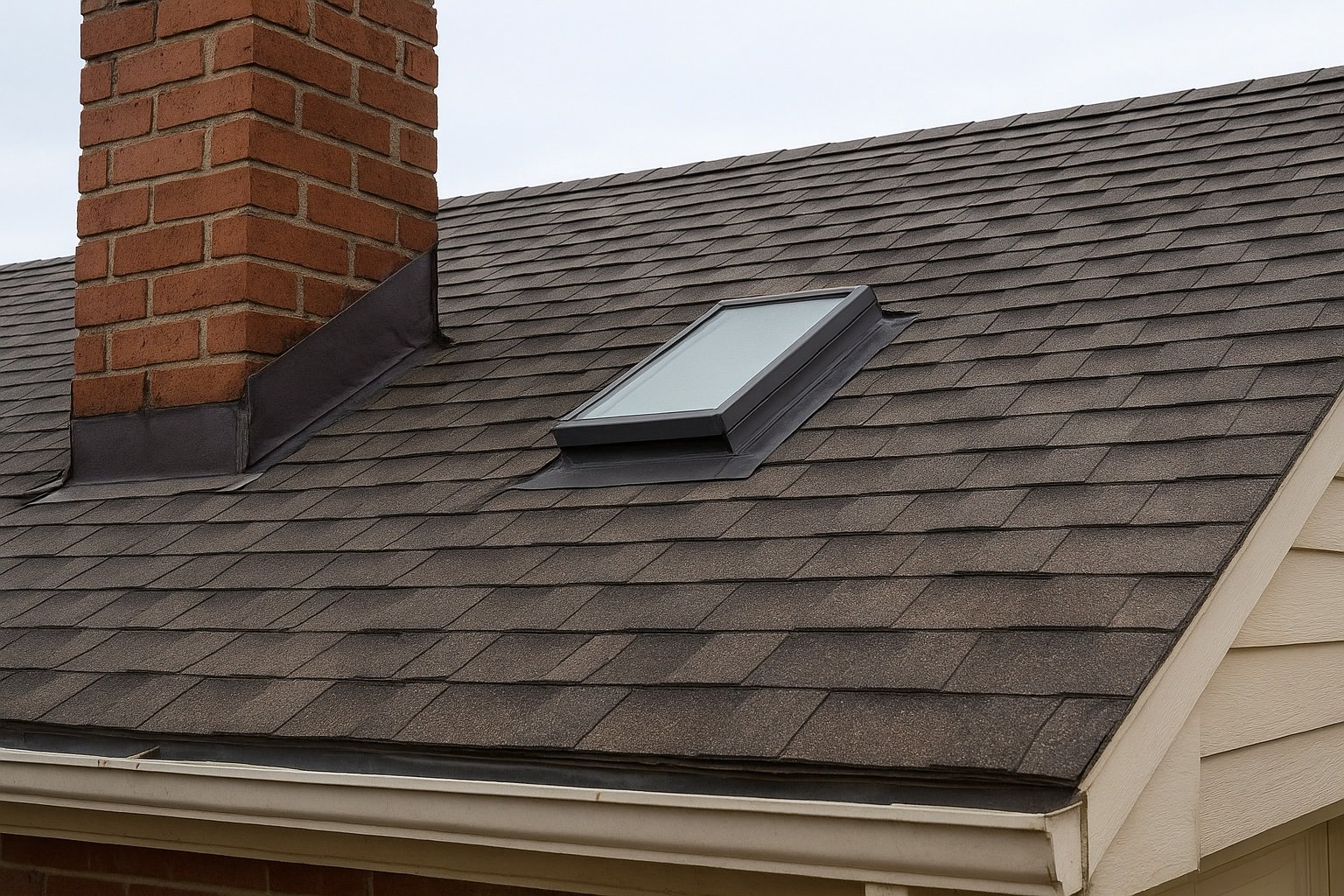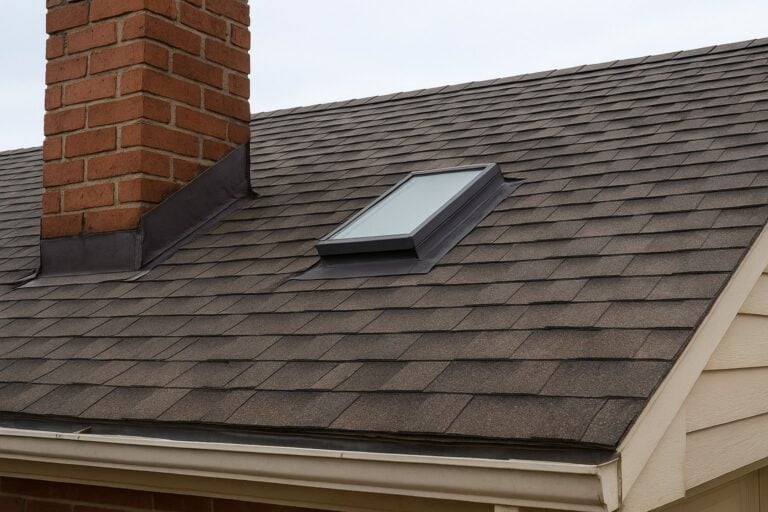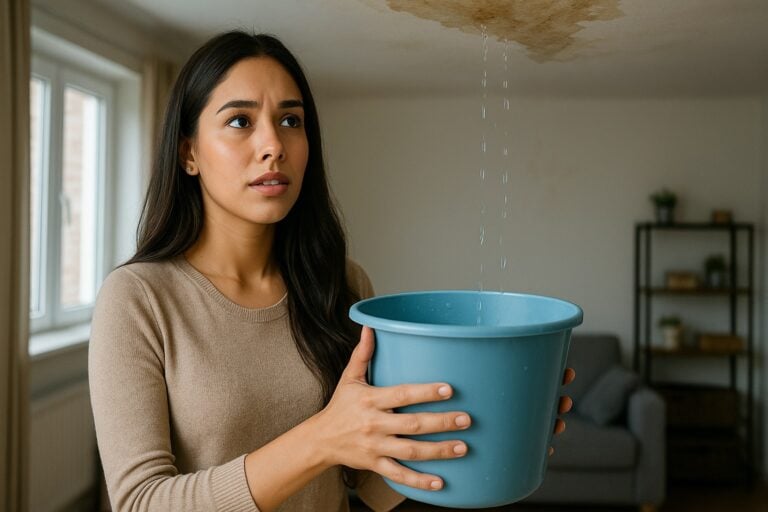Florida roofs endure constant exposure to harsh weather, from heavy rains and tropical storms to extreme heat and humidity. Protecting your investment begins with understanding where vulnerabilities exist in your roofing system. At Steadfast Roofing in Riverview, FL, we emphasize proactive inspections and targeted maintenance to safeguard the most at-risk areas of your roof. Identifying these weak spots early prevents costly damage and extends the life of your home’s first line of defense.
Roof Valleys and Water Channels
Roof valleys are among the most vulnerable parts of any roofing system. These channels carry concentrated flows of rainwater, making them highly susceptible to leaks if improperly sealed or blocked by debris. In Florida, where sudden downpours are common, valleys need reinforced flashing and regular maintenance to prevent water intrusion. Without care, water can seep under shingles, leading to rot and structural issues.
Flashing Around Chimneys, Skylights, and Vents
Flashing is designed to seal gaps around roof penetrations, but over time, Florida’s heat and humidity can cause it to crack, warp, or loosen. Chimneys, skylights, and vent pipes become vulnerable entry points for water when flashing deteriorates. Left unchecked, compromised flashing allows moisture to infiltrate the roof deck and interior spaces, often going unnoticed until significant damage occurs.
Roof Edges and Eaves
High winds and driving rain frequently target roof edges and eaves. Inadequate installation, poor sealing, or aged materials can cause shingles or tiles near the edges to lift, creating a pathway for water intrusion. Proper drip edge installation and high-quality underlayment are crucial in Florida’s storm-prone climate. Regular inspection of these areas ensures the roof perimeter remains secure and watertight.
Gutters and Downspouts
Though not always considered part of the roof, gutters and downspouts play a critical role in protecting it. When clogged with leaves, dirt, or debris, they can cause water to back up under shingles, leading to leaks and fascia damage. In Florida’s rainy season, gutter performance is especially important. Well-maintained gutters keep water flowing away from the home, protecting both the roof and foundation.
Roof Decking and Underlayment
The roof decking and underlayment form the hidden foundation of your roofing system. In Florida’s humid environment, trapped moisture can lead to wood rot, mold growth, or weakened structural support. Underlayment serves as a final defense against leaks, but once compromised, it allows water to reach the decking. Regular inspections beneath the surface materials are essential to ensure your roof’s strength and longevity.
Ridge Caps and Hip Areas
Ridge caps and hips cover the seams where two slopes of the roof meet. These elevated points are especially exposed to wind uplift and heavy rain. Poorly installed or deteriorating ridge caps can create small gaps that become entry points for water. Reinforcing these areas with durable materials and ensuring proper ventilation are vital for long-term roof performance.
Soffits and Fascia Boards
Soffits and fascia protect the edges of your roof while providing ventilation. However, they are highly vulnerable to water damage, pests, and mold growth in Florida’s humid conditions. Damaged soffits can block airflow, leading to trapped heat and moisture inside the attic. Maintaining these components prevents deterioration and supports the overall health of the roofing system.
Skylight Seals and Surrounds
While skylights add natural light and appeal, they present one of the most leak-prone areas of a roof. Over time, seals can deteriorate under Florida’s sun, allowing rainwater to seep through. Ensuring proper installation and resealing when necessary is key to preventing water damage around skylights. Routine checks after storms are recommended to spot potential issues early.
Ventilation Points and Roof Penetrations
Any hole cut into a roof—whether for plumbing vents, exhaust fans, or satellite installations—represents a vulnerability. Improperly sealed penetrations are prime sources of leaks. In Florida’s climate, poor ventilation can also trap heat and moisture in the attic, weakening the entire roofing structure. Quality installation and consistent monitoring of these points are critical for roof durability.
CONCLUSION
Understanding the vulnerable areas of a Florida roofing system empowers homeowners to take proactive steps in protecting their property. Roof valleys, flashing, edges, and penetrations demand close attention, especially in a climate as challenging as Florida’s. Regular inspections, preventative maintenance, and trusted professional guidance ensure that weaknesses are addressed before they lead to costly repairs. A well-maintained roof stands as your home’s strongest defense against the elements.
Read one of our latest blogs: “The Hidden Dangers of Ignoring a Leaky Roof”.




